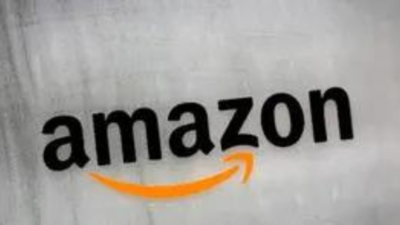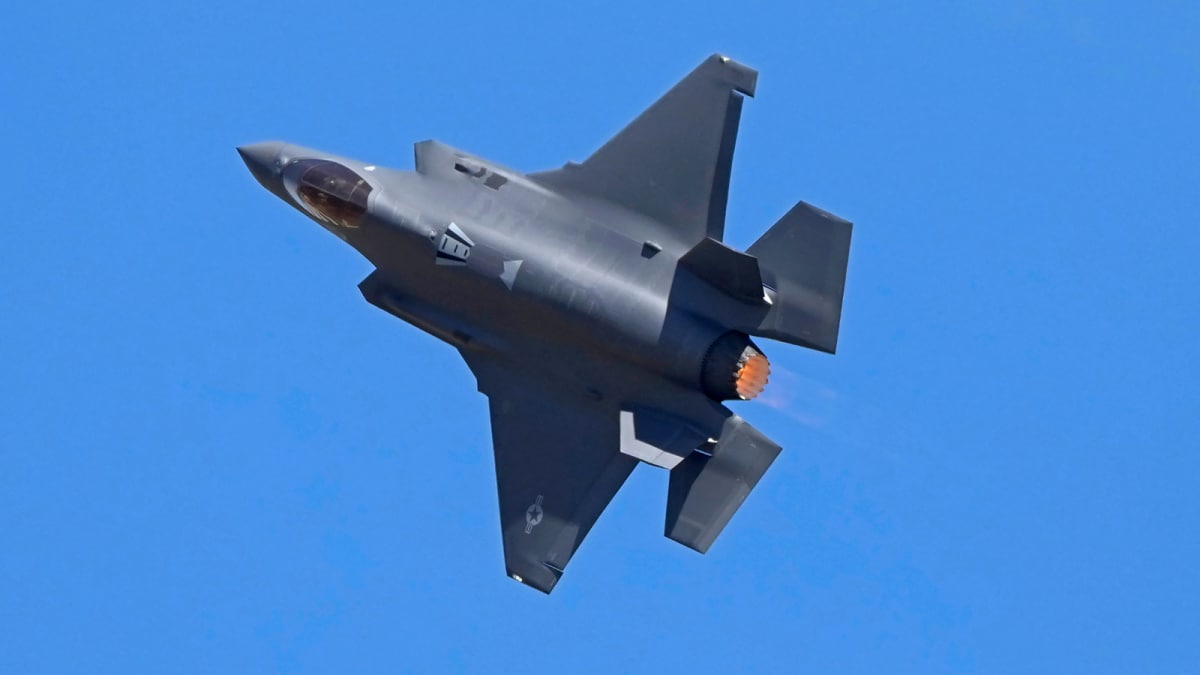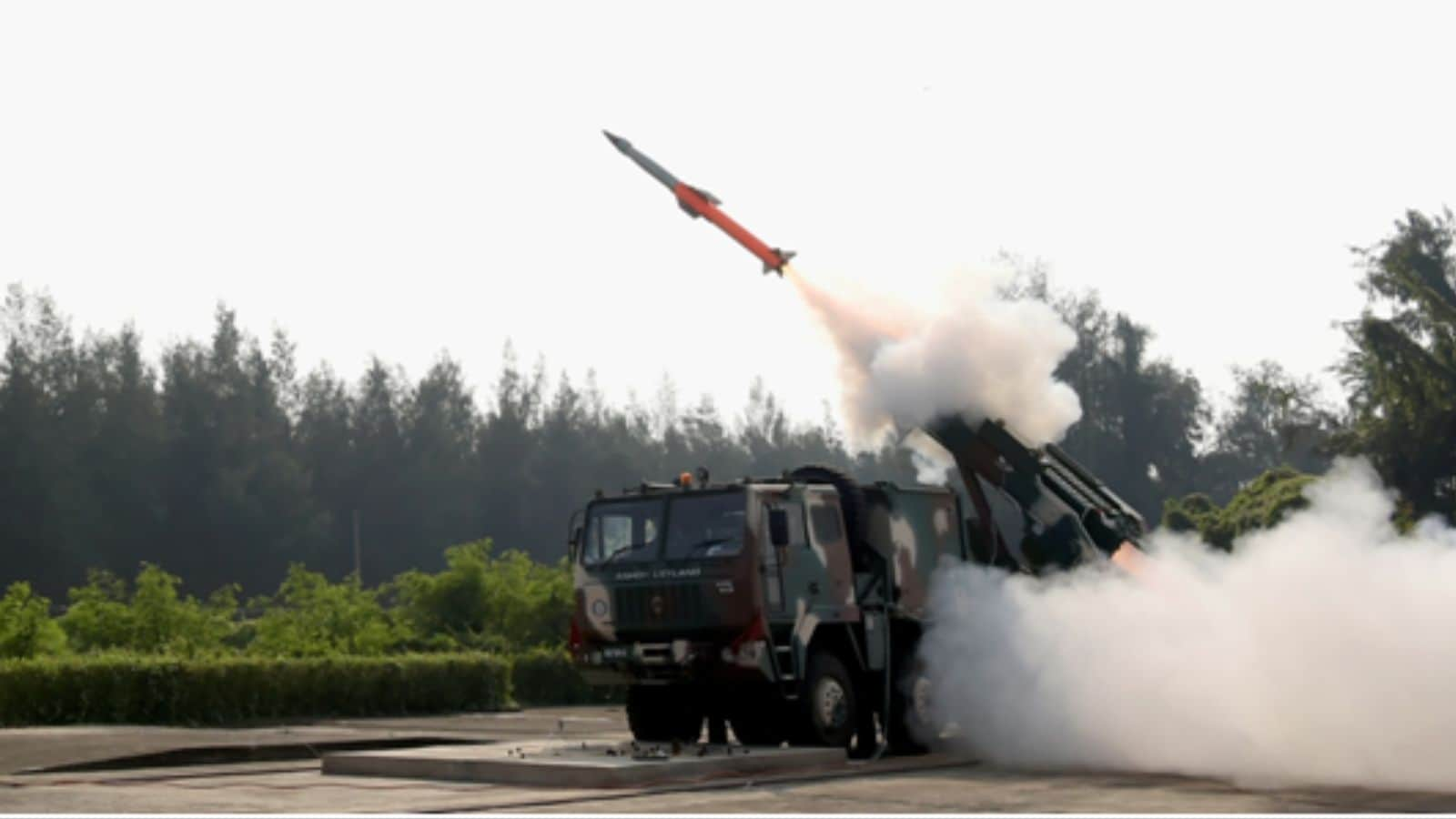ARTICLE AD BOX

Amazon delivered a strong fiscal second quarter, with both profit and revenue surging year-over-year, even as trade uncertainty from tariffs by US President Donald Trump loom over the global business climate. For the quarter ended June 30, the tech giant reported net income of $18.16 billion, or $1.68 per share, up from $13.49 billion, or $1.26 per share, in the same period last year. Revenue rose to $167.7 billion, beating analyst estimates of $162.19 billion, according to FactSet figures cited by the Associated Press. Amazon Web Services (AWS), its cloud computing arm, grew 17.5 per cent in the quarter, contributing significantly to overall earnings. Despite the solid performance, Amazon’s shares slipped nearly 7 per cent in after-hours trading on Thursday. The drop came after the company forecast third-quarter operating income between $15.5 billion and $20.5 billion- a wide range that undershot Wall Street’s expected $19.5 billion. For comparison, Amazon posted $17.4 billion in operating income during the third quarter of 2024. The market’s reaction came amid broader investor concerns over Trump’s escalating tariff actions. While the company didn’t detail precise cost implications, CEO Andy Jassy acknowledged the uncertainty.
“If costs end up being higher, we will absorb them,” he said, referring to potential tariff-related price pressures. “But what we can share is what we've seen thus far — through the first half of the year, we haven't yet seen diminishing demand nor prices meaningfully appreciating.” Amazon and several major retailers reportedly advanced their import timelines to get ahead of the tariffs. The company's vast size has helped it negotiate favourable terms with suppliers and spread costs across a wide product base.
Jassy also pointed to the resilience of Amazon’s third-party marketplace, which includes over 2 million sellers with varying pricing models. “They all price differently depending on their own inputs and customers,” he said, suggesting this helped cushion the blow from potential cost spikes. The company is also investing heavily in generative artificial intelligence and data infrastructure. Amazon is expanding its network of data centers, developing its own AI chips, and also using Nvidia’s technology to power a range of services.
AI is being embedded across operations- from logistics to voice assistant Alexa-with Jassy suggesting that these tools could eventually reduce corporate staffing needs. The second-quarter results do not include sales from Amazon’s Prime Day event, which this year ran from July 8 to 11 and was extended to four days for the first time. That performance will reflect in the third quarter, where the company expects net sales between $174 billion and $179.5 billion- again above analyst projections of $173.27 billion.



.png)
.png)
.png)
















 15 hours ago
3
15 hours ago
3









 English (US) ·
English (US) ·